Regulators from across the country met in Vermont this week at the Environmental Council of the State’s (ECOS) fall meeting to discuss some of the nation’s most pressing environmental challenges. I joined members of ECOS’ Shale Gas Caucus to discuss an emerging threat imminently impacting oil and gas-producing states: the question of what to do with the massive amount of wastewater produced by the oil and gas industry each year.
Energy Exchange
State leaders concerned about safety of reusing oil and gas wastewater
Cowboy up: Wyoming’s new oil and gas proposal helps state lead on air quality
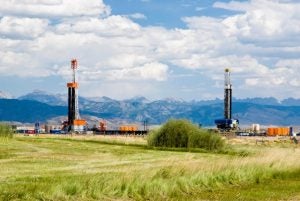 Wyoming is not a state that likes to take a backseat to anybody, especially when it comes to setting energy policy. That’s why it’s no surprise the state recently proposed new standards to reduce harmful, wasteful emissions from the state’s oil and gas facilities.
Wyoming is not a state that likes to take a backseat to anybody, especially when it comes to setting energy policy. That’s why it’s no surprise the state recently proposed new standards to reduce harmful, wasteful emissions from the state’s oil and gas facilities.
The requirements in the state’s new proposal are an extension of a successful emission-reduction program implemented in 2015 to improve air quality in western Wyoming, where unchecked oil and gas development led to unhealthy pollution levels.
Bipartisan western governors agree methane reductions benefit states
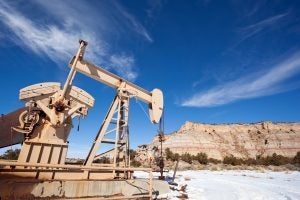
Yesterday the Western Governors Association, a bipartisan organization representing the Governors of the 19 western states, announced a policy resolution recognizing the importance and economic benefits of efforts to cut methane pollution from oil and gas facilities – the nation’s largest industrial source of methane.
The resolution states:
There are environmental and economic benefits of reducing methane emissions and opportunities for the beneficial use of this natural resource. Many western states – in cooperation with industry in those states – have already implemented regulatory strategies that reduce methane emissions from oil and gas operations, while expanding the use and sale of methane.
Energy storage, wind, and solar companies are recruiting coal miners for their work ethics and high-tech skills
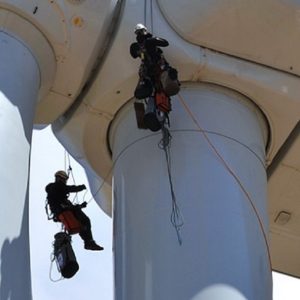 When a California battery company officially moved its headquarters and manufacturing to Kentucky coal country last week, generous state tax subsidies certainly played a role – but so did something often lost in the debate about coal.
When a California battery company officially moved its headquarters and manufacturing to Kentucky coal country last week, generous state tax subsidies certainly played a role – but so did something often lost in the debate about coal.
Struggling coal mining towns offer an abundance of highly trained workers, many of whom are eager for new opportunities and stable jobs. Mine work today requires mechanical and technical skills that are transferable to new industries, a fact that companies inside and outside the energy sector are beginning to discover in America’s tightening labor market. Read More
What ALA’s most recent State of the Air Report reveals about oil and gas air pollution in the Western U.S.
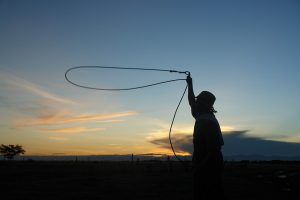 The American Lung Association released its annual State of the Air Report today, revealing what many communities have known for quite some time: air pollution from oil and gas operations is a growing concern.
The American Lung Association released its annual State of the Air Report today, revealing what many communities have known for quite some time: air pollution from oil and gas operations is a growing concern.
Air pollution has often been a challenge for highly-populated areas of the United States, but it is an issue rural communities have largely been able to avoid. However, that seems to be changing according to the ALA’s findings. La Plata County in Colorado and Duchesne and Uintah counties in Utah all received an “F” grade due to high levels of ozone. None has a population over 60,000 people, but each is home to significant amounts of oil and gas production.
Federal rollbacks + huge new oil and gas project = trouble for Wyoming
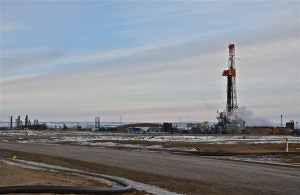 This blog was co-authored by Jon Goldstein and Sara Brodnax
This blog was co-authored by Jon Goldstein and Sara Brodnax
Last week, the U.S. Department of the Interior’s Bureau of Land Management collected comments from citizens and groups concerned about the impacts of a proposed 5,000-well oil and gas project in eastern Wyoming.
The situation has a troubling irony, because as BLM reviews the project’s environmental risks, it is simultaneously working to roll back its own commonsense standards to stop oil and gas companies from venting, flaring, and leaking away pollution and valuable natural gas.
It’s the same story for the greater sage-grouse, which without strong mitigation measures will likely abandon critical breeding sites in the area set to be impacted by the planned oil and gas project. Here, too, BLM has signaled several attempts to unravel the collaborative, decades-forged plans to protect the imperiled bird.
The combination of weakening policies while expanding development could have disastrous consequences for Wyoming and other western states if methane pollution goes unchecked and the greater sage-grouse continues to decline.









